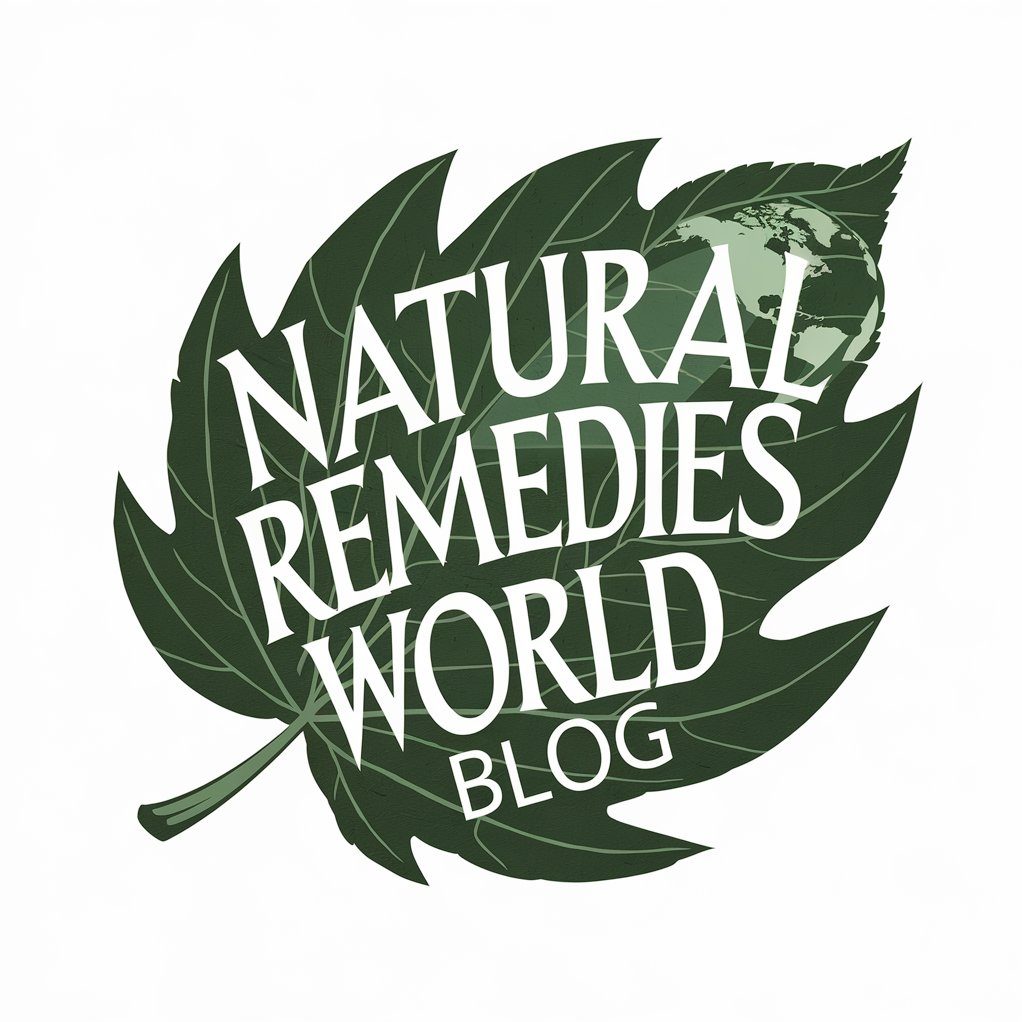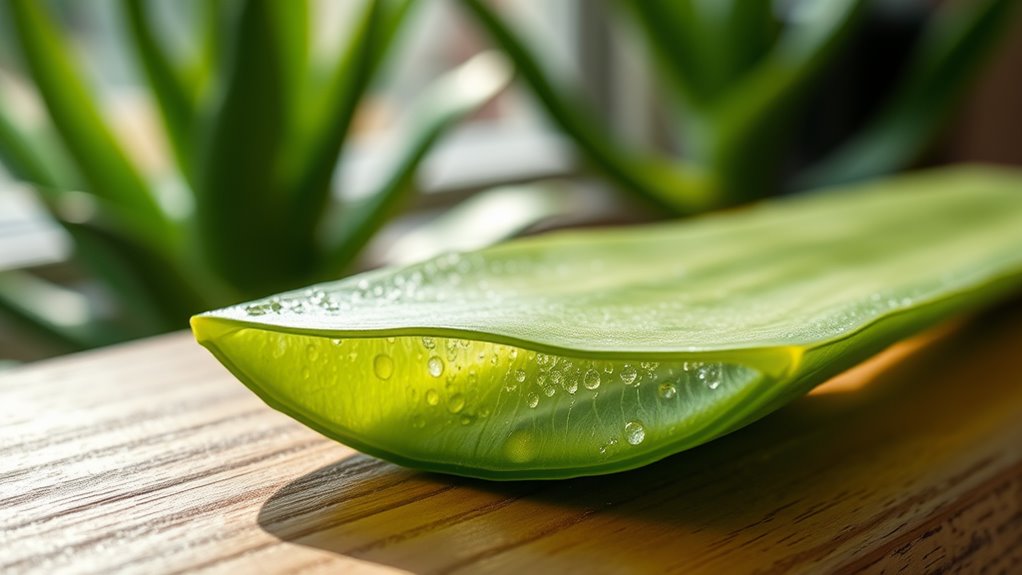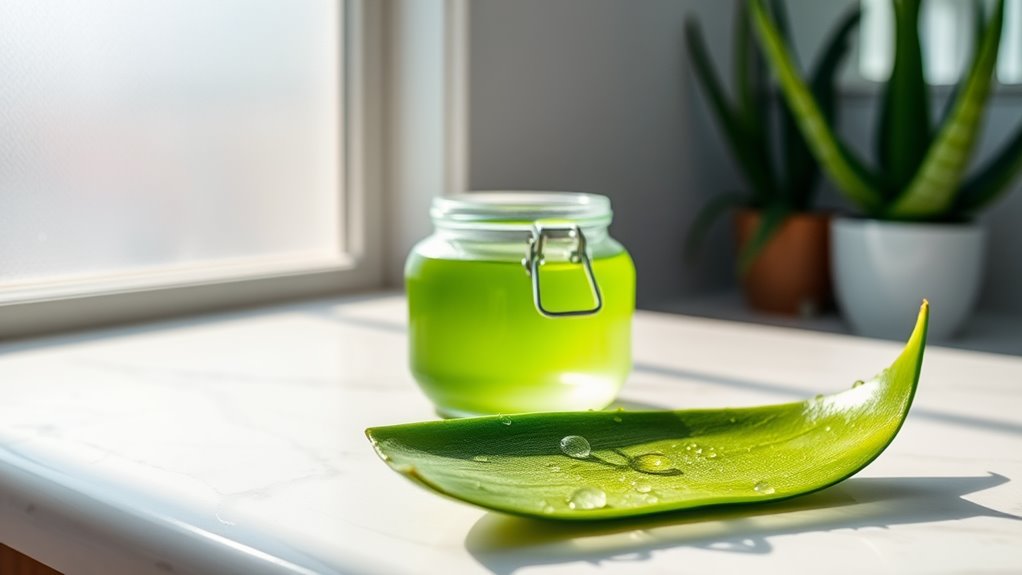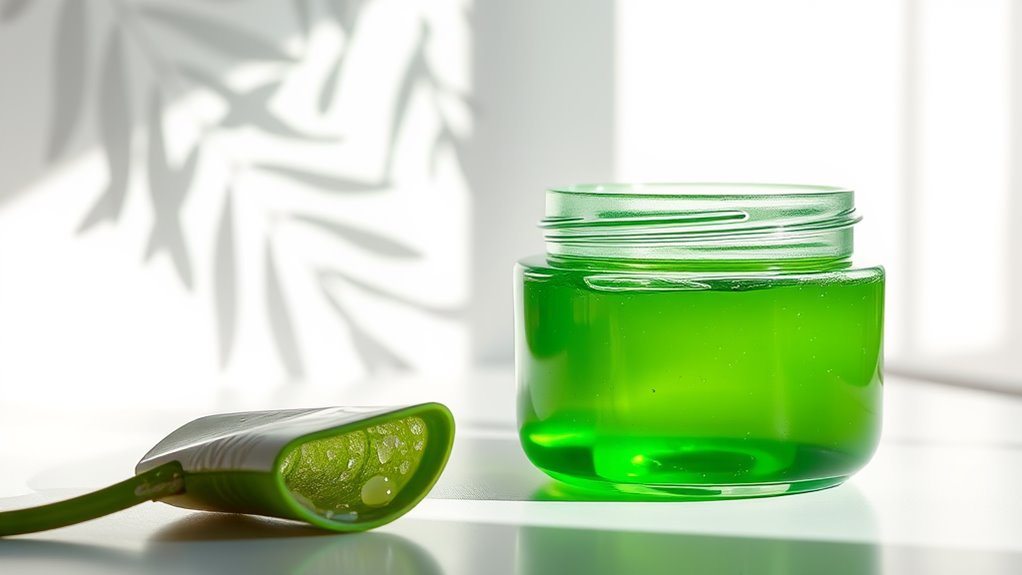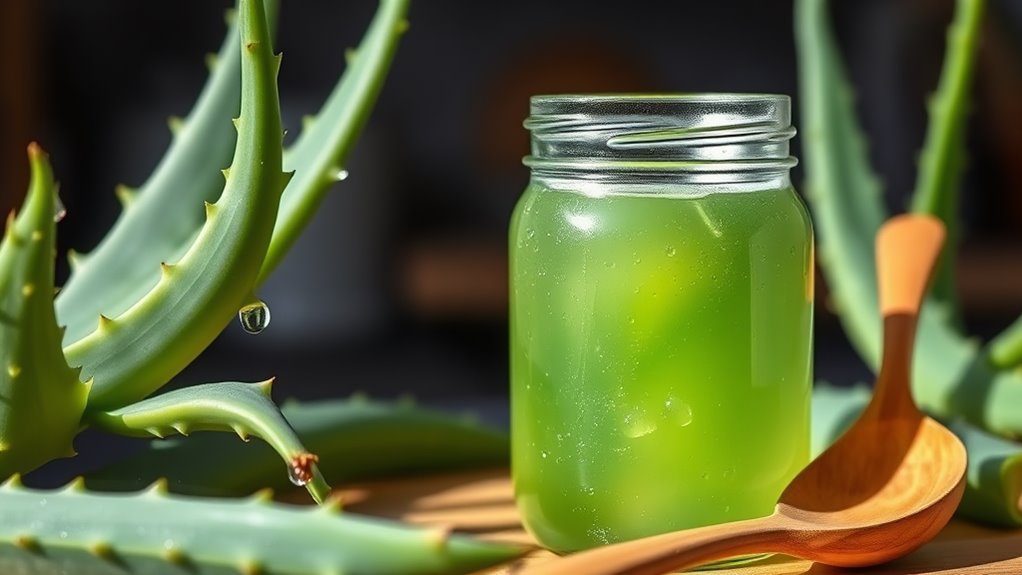Erase Skin Damage Fast With This DIY Aloe Vera Gel!
Aloe vera gel’s healing properties can help erase skin damage quickly, whether it’s from sunburn or irritation. First, harvest thick, fleshy leaves from a mature plant. Cut open the leaf and scoop out the gel. Apply it directly to your skin after a cool shower, or mix it with honey for a soothing mask. For the best results, store your gel properly to maintain its potency. Discover more tips on maximizing the benefits of aloe vera gel!
Understanding Aloe Vera and Its Healing Properties
Aloe vera, often called the “plant of immortality,” boasts remarkable healing properties that have been cherished for centuries.
You’ll find that this succulent is packed with vitamins, minerals, and antioxidants, making it a go-to for soothing skin issues. When you apply aloe vera gel, it hydrates your skin and promotes healing, whether you’re dealing with sunburn, cuts, or irritation.
Its anti-inflammatory properties help reduce redness and swelling, giving your skin a chance to recover quickly. Plus, it’s suitable for all skin types, so you can confidently incorporate it into your routine.
How to Harvest Aloe Vera Leaves
To make the most of aloe vera’s healing properties, you’ll need to know how to properly harvest its leaves. Start by selecting a healthy, mature plant—look for thick, fleshy leaves.
Grab a sharp knife or scissors, and carefully cut the outermost leaves at the base, angling your cut to avoid damaging the center of the plant. Aim for leaves that are at least 8-10 inches long for the best benefits.
Once you’ve harvested your leaves, rinse them under cool water to remove any dirt. You can store them in the refrigerator for a few days, but it’s best to use them fresh.
Now you’re ready to enjoy the soothing nature of aloe vera right from your own home!
Step-by-Step Guide to Extracting Aloe Vera Gel
Once you’ve harvested your aloe vera leaves, extracting the gel is a straightforward process that yields a soothing, natural remedy for various skin concerns. Follow these easy steps to enjoy the benefits:
| Step | Action | Tips |
|---|---|---|
| 1 | Cut the leaf open lengthwise | Use a sharp knife |
| 2 | Scoop out the gel | A spoon works well |
| 3 | Place gel in a clean container | Keep it airtight |
Preparing the Aloe Vera Gel for Use
After extracting the gel, you’ll want to prepare it for use to maximize its benefits.
This simple preparation ensures you get the most out of your aloe vera. Here’s how to do it:
-
Strain the Gel: Pour the gel through a fine mesh strainer to remove any pulp or impurities.
-
Add Preservatives: Mix in a few drops of vitamin E oil or a few drops of essential oils to enhance its shelf life and benefits.
-
Blend for Smoothness: Use a blender to achieve a silky consistency that’s easy to apply.
-
Store Properly: Transfer the gel to a clean, airtight container and keep it refrigerated for freshness.
With these steps, your aloe vera gel will be ready to rejuvenate your skin!
Application Methods for Maximum Effectiveness
While you can simply apply aloe vera gel directly to your skin, using specific methods can enhance its effectiveness.
For a refreshing boost, try applying the gel after a cool shower; it locks in moisture and soothes your skin.
If you’re looking to target dry patches, gently massage the gel into the area for a few minutes—this helps with absorption and promotes blood circulation.
You could also create a soothing face mask by mixing the gel with honey, letting it sit for about 20 minutes before rinsing.
Lastly, consider using the gel as part of your nighttime routine; applying it before bed allows your skin to absorb its benefits while you sleep.
You’ll wake up feeling rejuvenated!
Targeting Specific Skin Damage: Conditions and Solutions
Aloe vera gel isn’t just great for general skin hydration; it also offers targeted solutions for various skin issues.
If you’re dealing with specific skin damage, here’s how aloe can help:
-
Sunburn: Apply aloe vera gel directly to soothe your skin and reduce redness.
-
Acne: Use it as a spot treatment to calm inflammation and promote healing.
-
Eczema: The gel hydrates and relieves itching, providing much-needed comfort.
-
Scarring: Regularly applying aloe can help fade scars and improve skin texture.
Tips for Storing Aloe Vera Gel Properly
To ensure your homemade aloe vera gel stays fresh and effective, it’s crucial to store it properly.
First, transfer the gel into a clean, airtight container to prevent contamination. Glass jars or dark plastic containers work best, as they protect the gel from light exposure.
Always keep your aloe vera gel in the refrigerator; this not only prolongs its shelf life but also gives a soothing coolness when applied to the skin.
Remember to use it within a week or two for optimal results.
If you’re looking for longer storage, consider freezing small portions in ice cube trays. This way, you’ll always have fresh aloe gel ready whenever you need it.
Enjoy pampering your skin with this natural remedy!
Frequently Asked Questions
Can I Use Store-Bought Aloe Vera Instead of Fresh Gel?
You can use store-bought aloe vera gel, but make sure it’s pure and free of additives. Fresh aloe often has more nutrients, so if you can, go for that option for better results.
How Often Should I Apply Aloe Vera Gel?
You should apply aloe vera gel once or twice daily for the best results. Consistency is key, so make it a part of your routine to help your skin feel refreshed and rejuvenated.
Is Aloe Vera Safe for All Skin Types?
Aloe vera’s generally safe for all skin types, but everyone’s different. You should patch test first to see how your skin reacts. If irritation occurs, it’s best to avoid using it. You deserve gentle care!
Can I Mix Aloe Vera Gel With Other Ingredients?
Absolutely, you can mix aloe vera gel with other ingredients! Combining it with honey or essential oils can enhance its benefits, making your skincare routine more effective and personalized. You’ll love how your skin feels!
How Long Does Aloe Vera Gel Last After Opening?
After opening, aloe vera gel typically lasts about one to three weeks in the fridge. To keep it fresh, seal it tightly and check for changes in smell or color before using it.
